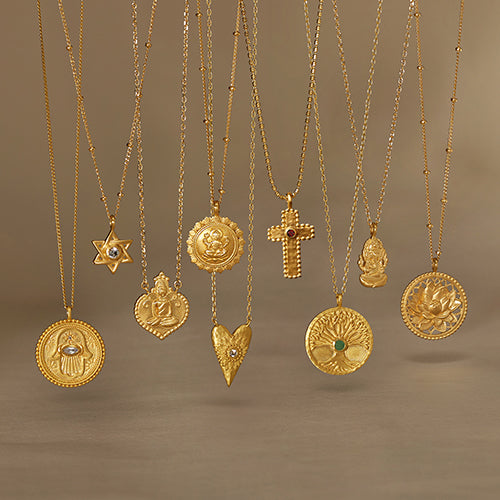
Jewelery companies in Kiribati
Jewelry companies in Kiribati, a small island nation in the central Pacific, are relatively limited due to the country’s modest size, population, and economy. However, the local jewelry scene in Kiribati reflects the cultural heritage, natural resources, and traditional craftsmanship of the I-Kiribati people. Jewelry-making in Kiribati is often intertwined with its rich traditions and the sustainable use of locally available materials such as shells, coral, and coconut.
Local Materials and Styles
Kiribati’s jewelry often features natural materials that are abundant on its islands. Shells, particularly mother-of-pearl, are popular for creating necklaces, earrings, and bracelets. Coral and pandanus leaves are also commonly used. Artisans often incorporate geometric and traditional motifs inspired by the ocean, the environment, and local folklore, making each piece unique and symbolic.
Local Artisans and Businesses
In Kiribati, jewelry production is typically carried out by local artisans and small-scale businesses rather than large corporations. These artisans may sell their creations at local markets, events, and community gatherings. Jewelry-making is often a family-based craft, passed down through generations. This ensures that the cultural significance of designs and techniques remains intact.
One of the main avenues for selling jewelry in Kiribati is through small retail outlets or informal markets. Artisans may also collaborate with tourism operators to sell their crafts to visitors. While tourism is not a major sector in Kiribati due to its remote location, it remains a source of income for some artisans.
Challenges Faced
The jewelry industry in Kiribati faces several challenges. The country’s geographic isolation and limited resources can make it difficult for local artisans to access international markets. Additionally, the availability of raw materials like coral and shells is impacted by environmental concerns and regulations aimed at preserving marine ecosystems. Artisans must balance their craft with sustainable practices to ensure long-term viability.
Opportunities for Growth
Despite the challenges, there are opportunities for the jewelry industry in Kiribati to grow. The global demand for sustainable and eco-friendly products provides an avenue for Kiribati’s artisans to reach a broader market. Unique, handmade jewelry that highlights the culture and traditions of Kiribati has the potential to appeal to eco-conscious consumers worldwide. Collaborations with non-profit organizations and fair-trade initiatives could also help support local artisans and promote their work on a larger scale.
Additionally, digital platforms and e-commerce present opportunities for Kiribati’s jewelry makers to expand their reach. By leveraging social media and online marketplaces, artisans can showcase their products to an international audience. Training programs that teach digital marketing and business management could further enhance the capabilities of local artisans.
Cultural Significance
Jewelry in Kiribati is not merely an adornment but also a reflection of the nation’s identity and traditions. It is used in cultural ceremonies, celebrations, and storytelling. The symbolism embedded in the designs often represents family ties, community values, and the natural beauty of the islands. This deep cultural connection gives Kiribati’s jewelry a distinctive appeal.
Conclusion
Jewelry-making in Kiribati is a blend of cultural heritage, artistic creativity, and sustainable practices. While the industry is small, it holds significant potential for growth, particularly if artisans can access broader markets and embrace eco-friendly innovations. By preserving traditional craftsmanship and exploring new opportunities, Kiribati’s jewelry makers can continue to thrive and share their unique creations with the world.



Leave a Reply